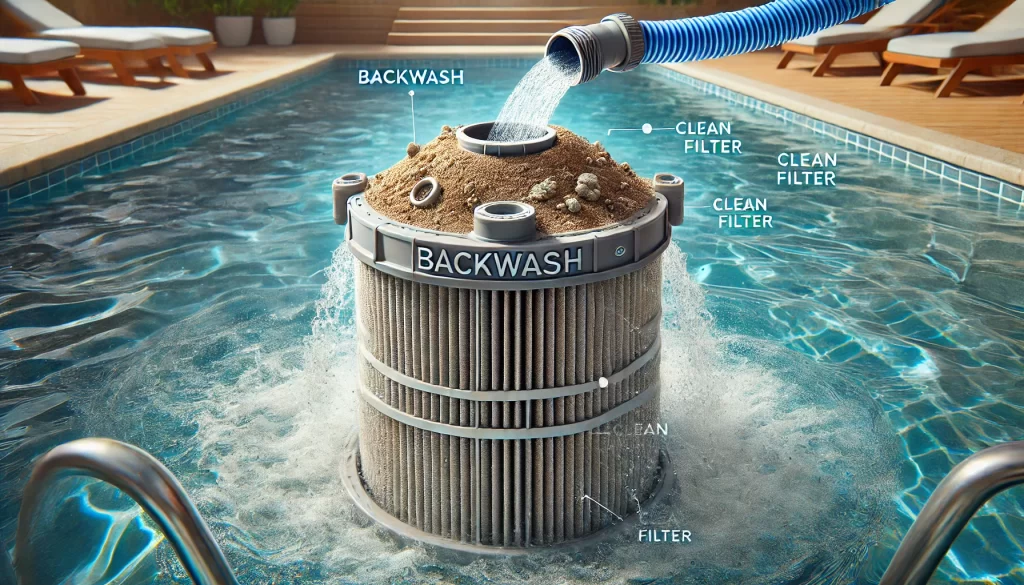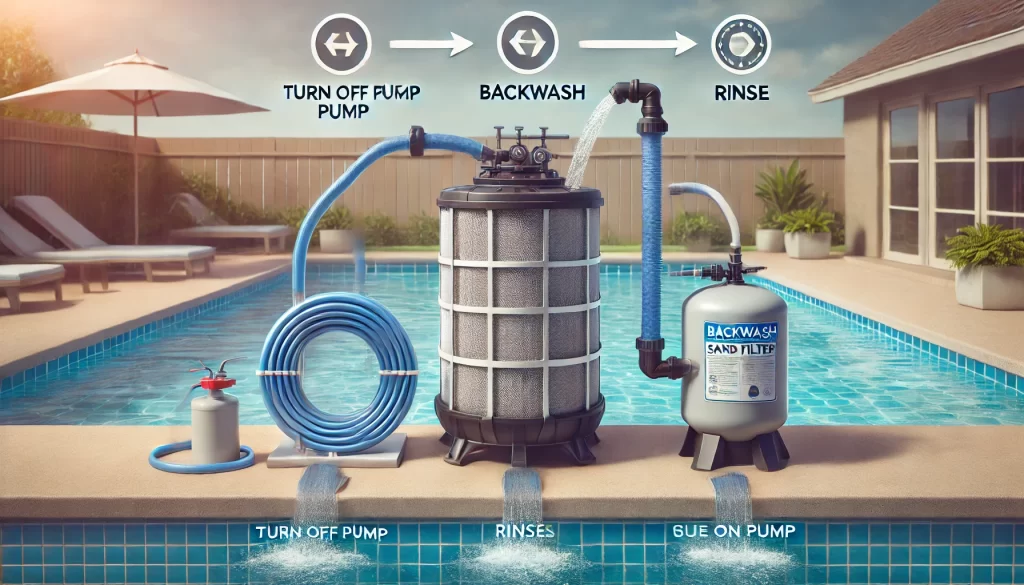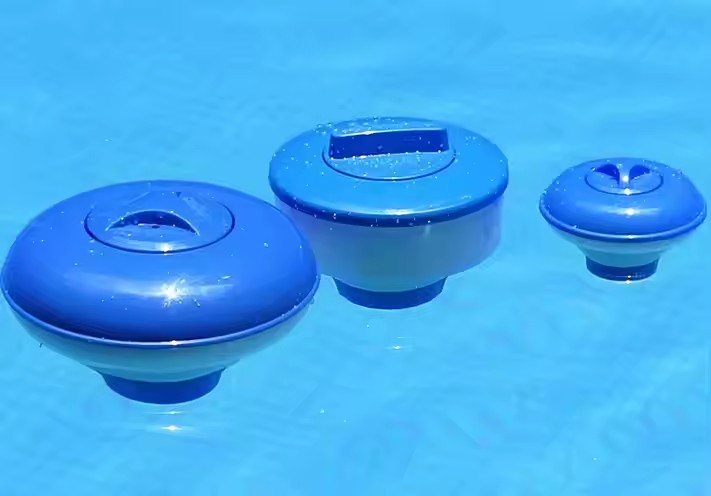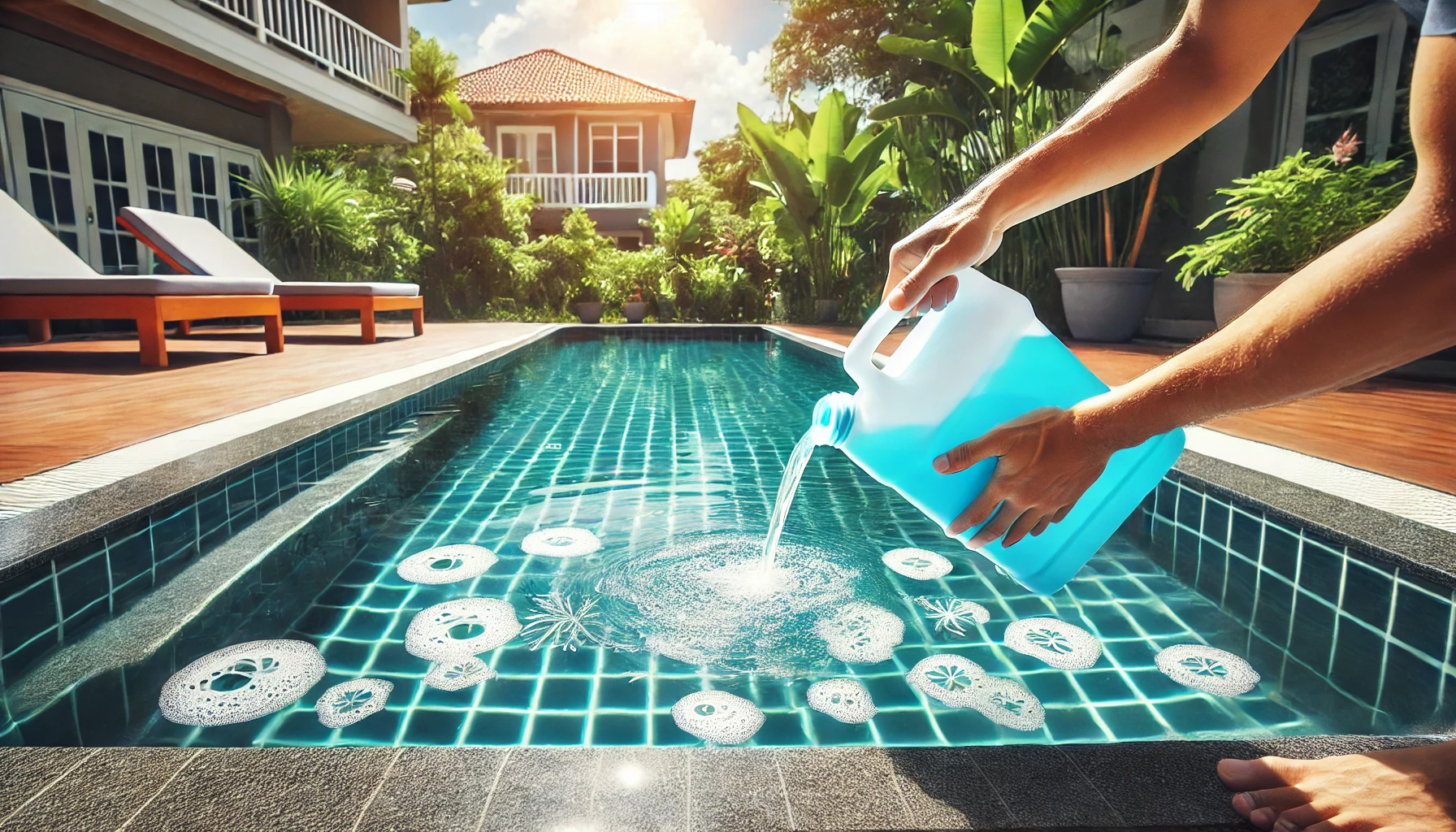Maintaining your pools sand filter is essential for keeping your pool water clean. One key step in maintenance is backwashing. Backwashing clears out dirt and debris from the pool filter sand, ensuring that the system works efficiently. In this guide, we’ll explain how to backwash your pool sand filter properly.
I. Why Backwashing Is Necessary
Over time, your pool filter sand collects debris. This buildup reduces the filter’s efficiency. As the sand traps more dirt, water flow decreases. Eventually, this can lead to cloudy pool water. To prevent these issues, you must backwash your pool sand filter regularly.
Backwashing reverses the water flow through the pool sand filter. This process flushes out the debris, restoring the sand’s effectiveness. You should backwash when the pressure gauge rises 8 to 10 psi above normal.

II. Tools You’ll Need
Before starting, gather a few necessary tools:
1. A backwash hose
2. A timer or stopwatch
3. Protective gloves (optional)
These tools will make the backwashing process easier and more efficient.
III. Step-by-Step Instructions for Backwashing Your Pool Sand Filter
Now, let’s go through the steps to backwash your pool sand filter.
Step 1: Turn Off the Pool Pump
First, always turn off the pump before adjusting the valve. Running the pump while changing the settings can damage your pool sand filter.
Step 2: Attach the Backwash Hose
Next, attach your backwash hose to the waste port of your pool sand filter. This hose will carry the dirty water away from the pool. Make sure the hose is securely connected to avoid leaks.
Step 3: Turn the Multiport Valve to “Backwash”
Once the hose is connected, turn the multiport valve to the “Backwash” position. This setting reverses the water flow through the pool filter sand, pushing out trapped dirt.
Step 4: Turn On the Pump
After setting the valve, turn the pump back on. Water will now flow backward through the pool sand filter, cleaning the sand. You’ll see dirty water being expelled through the hose.
Step 5: Run for 2-3 Minutes
Let the pump run for two to three minutes. During this time, watch the water in the hose. When the water runs clear, the pool sand filter has been thoroughly cleaned.
Step 6: Turn Off the Pump Again
After the backwash is complete, turn off the pump. This step is crucial before moving to the next setting on the valve.
Step 7: Set the Valve to “Rinse”
Now, set the valve to “Rinse.” This step helps settle the pool filter sand and prevent any leftover debris from returning to the pool.
Step 8: Turn On the Pump for 1 Minute
Run the pump for one minute with the valve on “Rinse.” This short cycle clears out any remaining particles from the system, ensuring clean water.
Step 9: Turn Off the Pump and Reset the Valve
After the rinse cycle, turn the pump off again. Reset the valve to the “Filter” position. Your pool sand filter is now ready to resume its normal operation.
Step 10: Turn On the Pump
Finally, turn the pump back on. The pool sand filter will now work efficiently, keeping your pool water crystal clear.
IV. How Often Should You Backwash?
The frequency of backwashing depends on pool usage and environmental factors. Heavy use and lots of debris may require more frequent backwashing. However, a good rule of thumb is to backwash your pool sand filter once every one to two weeks.
Monitor the pressure gauge on the filter system. When the pressure rises 8-10 psi above normal, it’s time to backwash.
V. Benefits of Regular Backwashing
Backwashing your pool sand filter offers several key benefits. First, it restores the filter’s efficiency, ensuring clean and clear pool water. Secondly, it extends the life of your pool filter sand by keeping it free of excess debris.
Moreover, regular backwashing helps maintain proper water flow. Without backwashing, the filter becomes clogged, reducing circulation and making the pump work harder. Keeping your filter clean will also reduce energy costs.
VI. Common Mistakes to Avoid
When backwashing your pool sand filter, avoid these common mistakes:
1. Not turning off the pump
Always turn off the pump before adjusting the valve. Skipping this step can damage the system.
2. Forgetting to rinse after backwashing
Skipping the rinse cycle can cause dirty water to flow back into the pool.
3. Backwashing too frequently
Over-backwashing can waste water and reduce the lifespan of your pool filter sand. Stick to the recommended schedule.
4. Ignoring the pressure gauge
Don’t rely on time alone to determine when to backwash. Always check the pressure gauge for the most accurate indicator.
VII. How to Extend the Life of Your Pool Sand Filter
You can extend the lifespan of your pool sand filter by following a few simple steps:
Use the right sand: Always use sand specifically designed for pool filters. Pool filter sand is graded for optimal filtration.
Monitor pressure: Keep an eye on the pressure gauge and only backwash when necessary.
Inspect sand: Check the sand every few years for signs of wear. Over time, pool filter sand becomes less effective and needs replacement.
Clean the filter annually: In addition to backwashing, perform a deep clean of the pool sand filter once a year. This helps remove oils and other substances that regular backwashing can’t eliminate.

VIII. Conclusion
Backwashing your pool sand filter is essential for keeping your pool water clean and clear. By following the steps outlined in this guide, you’ll ensure that your pool filter sand stays free of debris and performs at its best.
Regular maintenance, such as backwashing and monitoring the pressure gauge, will extend the lifespan of your pool sand filter. Additionally, avoiding common mistakes will help you get the most out of your filter. Remember, keeping your pool sand filter clean leads to a more enjoyable swimming experience and a healthier pool environment.


